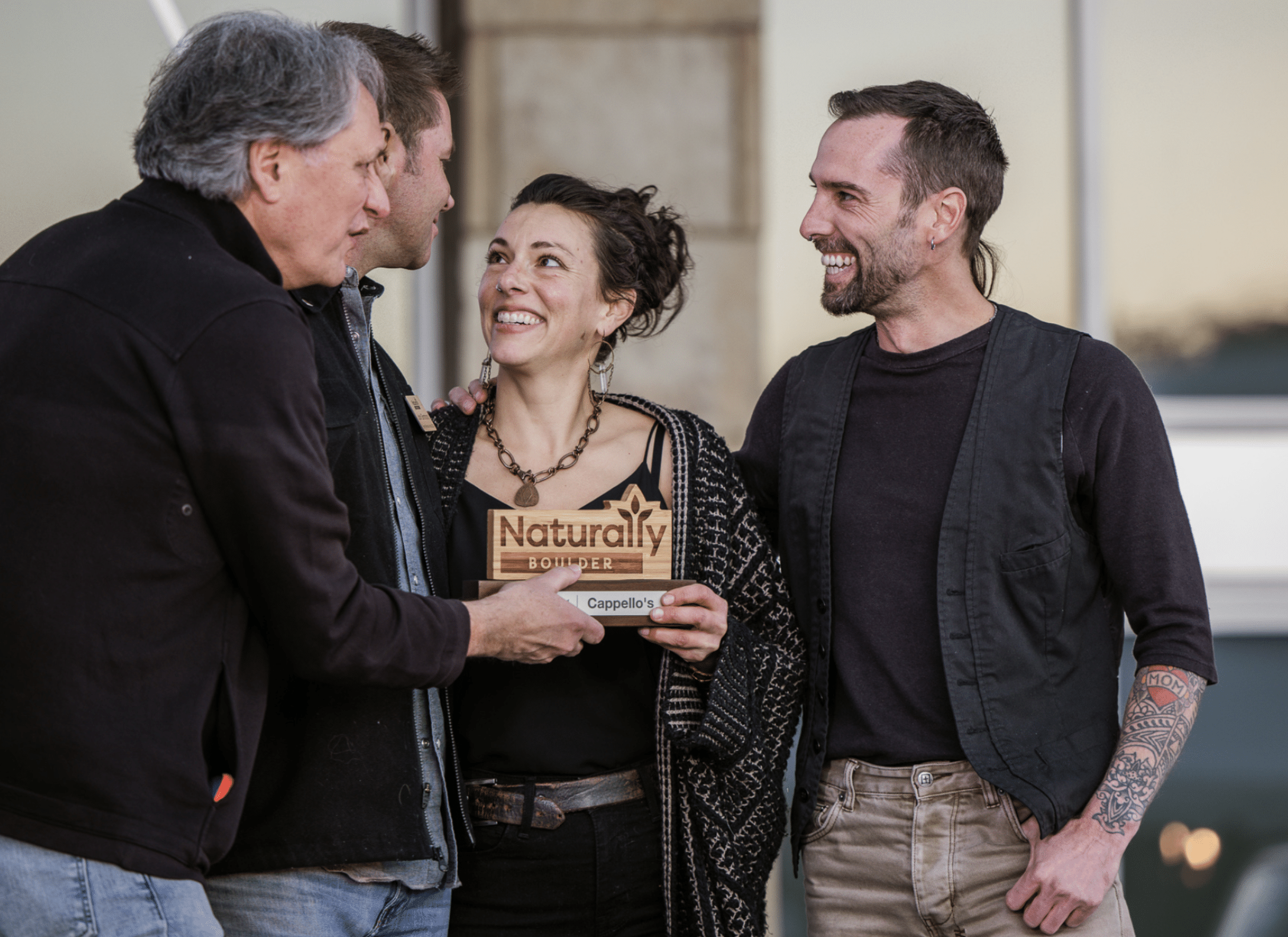 This past weekend, 283 breweries – just 12 percent of entries – brought at least one Great American Beer Festival (GABF) medal back to their brewery. More than 2,000 breweries walked out empty-handed. As the world’s largest commercial beer competition (and biggest GABF to date,) this annual festival shines a spotlight on where the beer industry is at, and where it is headed. Here are some surprising, and not-so-surprising, things we learned at the GABF this year.
This past weekend, 283 breweries – just 12 percent of entries – brought at least one Great American Beer Festival (GABF) medal back to their brewery. More than 2,000 breweries walked out empty-handed. As the world’s largest commercial beer competition (and biggest GABF to date,) this annual festival shines a spotlight on where the beer industry is at, and where it is headed. Here are some surprising, and not-so-surprising, things we learned at the GABF this year.
Colorado is still a leader in the craft brewing industry
Colorado breweries experienced one of their best years in GABF awards in recent history – only California collected more medals as a state. According to the Denver Business Journal, it’s been five years since Colorado breweries won this many awards (40!), and it’s the first time in 10 years that two Colorado breweries won “Brewery of the Year” honors. Denver’s Comrade Brewing Co. took home the small brewery of the year award, and Idaho Springs’ Westbound & Down Brewing Co. won the mid-sized brewpub honor.
What that means to you: in this increasingly competitive industry, it’s imperative that you make sure your branding is strong and compelling, and your storytelling is captivating, drawing people to your beers and into your taprooms. Contact us to discuss how we can help.
Missing medals
Here’s a lesser-known, but still disappointing, fact: there was no gold award given in the historical beer category. Sadly, some of the small breweries that are making excellent historical beers just can’t afford to submit them for award consideration (this year, submission cost for two historical beers was $320 for Brewers Association members, and $770 for non-members.) In addition to that, many breweries are shifting toward the glitzy “glam” beers, like hazys and milkshakes, and away from recipes that have been around for hundreds of years, such as gruit or broyhans.
Other categories that were sadly missing medals include American-Style Wheat Beer (gold) and Emerging India Pale Ale (bronze). The possible causes? As the American palate turns towards MUCH hoppier beers, wheats have significantly declined in popularity in recent years, meaning less people are inclined to make wheats. As a result, there could be less competition for good wheats, causing judges to forgo awarding a wheat beer that is worthy of a gold. This was Emerging India Pale Ale’s first year as a category and with an already existing nine categories dedicated to IPAs, people may not feel as if their IPA is a new “emerging” style.
What that means to you: Winning a medal can launch you to a whole new level. Consider trying one of these styles, and invest in entering it/them for award consideration, as the competition may be relatively easy in one of these categories.
Zero Proof
Sober Januarys, sober-curious folks, folks simply cutting back on alcohol consumption, and the rise in quality mocktails have all played a part in leading to the introduction of GABF’s newest category: nonalcoholic beer. These innovative beers by craft breweries ain’t your dad’s O’Doul’s. Two Roots Brewing Co. in San Diego took home the gold for “Enough Said N/A,” while Bravus Brewing Co. in Newport Beach, California took home both silver and bronze medals for its oatmeal stout and barrel-aged bourbon stout, respectively. For a more comprehensive list of the best non-alcoholic beers on the market, check out Esquire’s article here.
Though this category will likely only grow in future years, it was the least entered category in the competition with just 26 entries. For reference, the most popular category, hazy, received 348 entries. However, in 2018 when hazy was first introduced as a category it received a record 414 entries. Could the hype be slowing down for this trend beer?
What that means to you: With 30% of people in the U.S. aged 21 to 30 reporting they haven’t consumed a beer in the last month, providing sober alternatives is still an underdeveloped market, and the competition is still relatively easy.
Puns, Political Jabs and Nonsensical Names Abound
With more than 4,000 thousand beers poured at the GABF, breweries do what they can to distinguish their offerings. (I loved that WeldWerks offered a taquito along with their taco gose pours!)
This also often results in nearly insane beer names. Some of my favorite wacky names were:
- It’s Britney Bitch – Evil Genius Beer Company
- Trump Hands and Vladimir Brutin – Cannonball Creek Brewing Co.
- I Hate Mondays – 350 Brewing
- Sit Down or I’ll Sit You Down – Peticolas Brewing Co.
- Stone Napa Purrs Like a Kitten – Stone Brewing
What that means to you: Crazy is cool, so think outside of the box!
Mark your calendar for next year’s GABF Sept. 24-26, 2020, as Denver will once again house one of the beer industry’s greatest events.
Liked this piece? Check out this blog: How to Market Your New Beer in Sour Times.
If you’d like help putting together a smart awards program, or learning how to improve your brewery’s messaging in order to stand out from the crowd, contact us at ROOT Marketing & PR.







